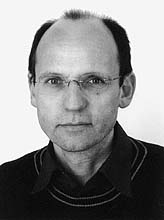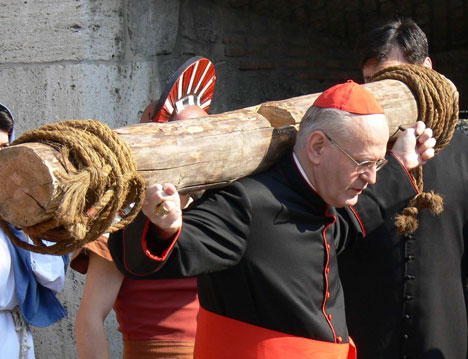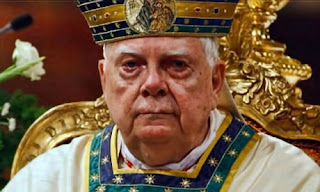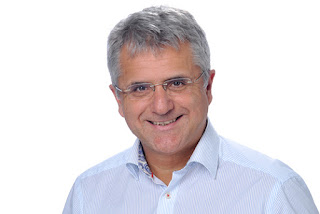Vatican accounts: the two billion debt that Francis left as a legacy to Pope Leo XIV. The Church simply could not afford another Bergoglio.
Francis has attempted to restore the shaky finances of the Holy See, but the work is unfinished due to the wall of opposition from the Curia and some hesitations
In 2013, Benedict XVI resigned from the role of vicar of Christ on Earth but also from that of head of a Vatican State in the midst of a financial storm (accused by Moneyval, the European authority against economic crimes, of not doing enough against money laundering) a month after the decision of the Bank of Italy to block all electronic payment systems of the Papal State: not even one ATM remained active. In the Conclave, the conservative US cardinals supported the progressive Bergoglio, hoping that the energetic and radical Jesuit from the Americas had the strength and determination to put an end to the degenerations that the ascetic Ratzinger had not seen or had not been able to face. Francis attempted to heal, he imposed more transparency, but he left the work unfinished due to the resistance of the Curia and also due to some of his hesitations.
Budget holes
In the meantime, alongside the financial holes, somehow contained, other deficits have grown: above all that of the Vatican pension fund, a chasm of two billion euros. Leo XIV's agenda, already full of theological commitments (doctrinal disputes between progressives and traditionalists, the rush forward of the German church), diplomatic ones (the review of relations with China) and appeals for peace, in a world shaken by a thousand conflicts, will nevertheless have, in full view on the front pages, precisely the financial issues: essential for the future of the Church, even if kept in the shadow because they are far from the pastoral values that animate discussions among Catholics.
The accusations against Bergoglio
Supported by an American church already accustomed to following modern budget criteria in the management of its resources, Francis found himself parachuted into a world of congregations often allergic to any accounting statement: ideal territory for the raids of unscrupulous lay financiers, attracted by the possibility of operating in a tax-exempt state with no financial controls. Today there are those who accuse Bergoglio of having done little and of handing over to his successor a Church on the brink of bankruptcy. In reality, he attempted to clean up by relying on the determination of George Pell, a real bulldozer, starting from his imposing physical appearance. But the Australian cardinal found a thousand obstacles in the Curia. Then came the accusations of pedophilia that blocked him for years, before arriving at full acquittal.
The scandals of London
It is true, however, that when the lay experts called to restore order discovered that, 40 years after the scandals of Marcinkus' IOR and the financial escapades of Calvi and Sindona, the Vatican had slipped back into financial mire with operations such as the incautiously purchased properties in London and they asked him to strike high-ranking prelates, Francis hesitated. Only later would the Vatican trials arrive with the conviction of Cardinal Becciu. In his autobiography, Bergoglio identifies precisely these financial affairs as the main worry of his papacy.
Francis' austerity
And faced with the picture of the growing budget imbalances of a State that does not collect taxes but lives, in addition to the income from the Vatican museums, on mainly American and German charity, Francis sought solutions in his frugal mentality: a more modest Church and cuts in the cardinals' salaries. Thus he sowed discontent and pushed Congregations to go looking for donations, sometimes not disinterested, without really impacting the deficit. In the end, a few days before his admission to Gemelli and his death, the pontiff had recognized that in spending, "difficult" and painful decisions are now inevitable, and he had admitted the need to resort more to donors: often American conservatives who did not like him.
The Vatican Debt
Some say that the debt is enormous considering the tiny size of the Papal State. Others say it is paradoxical that an organization that owns an enormous quantity of priceless works of art risks bankruptcy for a couple of billion (what they spent in London to build the new Wembley and Tottenham stadiums): by saving Michelangelo, Caravaggio and Leonardo, it would be enough to sell a few works stacked in the basements of the Vatican. A humiliating path that the Church does not want to travel. So, the donors remain. Those with the deepest pockets are the American conservatives of the Papal Foundation and other philanthropic organizations that converged in Rome during the days of the “sede vacante” for the annual meeting of fund raisers called “America Week”. According to the Times of London, donors to the Papal foundation have promised to double this year's fund to $30 million and to raise another $750 million in the future, "provided the right Pope is chosen."
American Donations
The Conclave was not influenced: Prevost will not be the flaming sword of the conservatives. But, as a pragmatic American with experience managing complex organizations (the Augustinians), he should know where to put his hands. And he should be able to stand up to a Curia that he knows well from the roles he has held in the Vatican, but of which he is not a member. While American donors who asked for more transparency, as well as less theological leaps forward, should feel at ease with Leo XIV.










.jpeg)

Comments